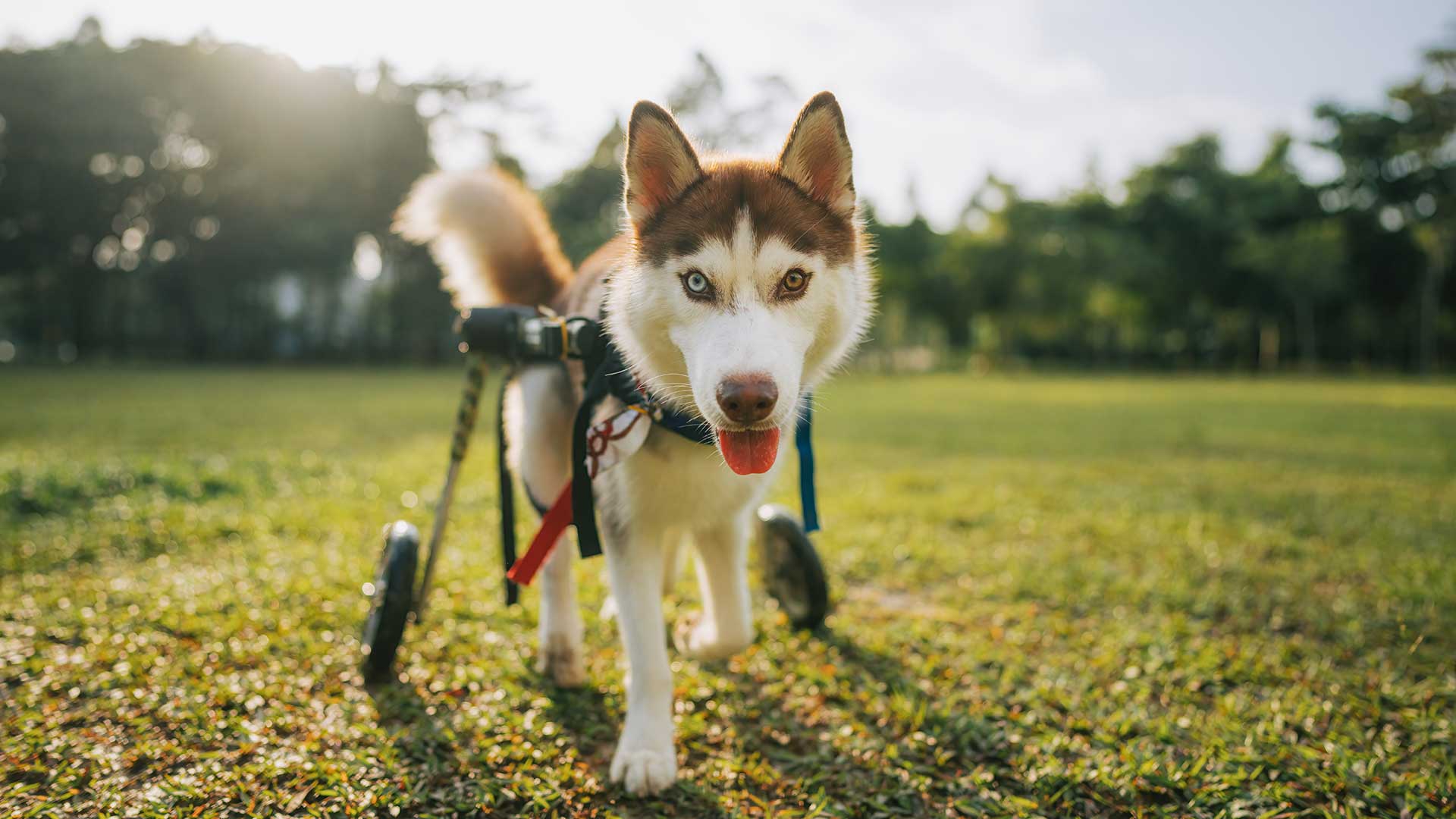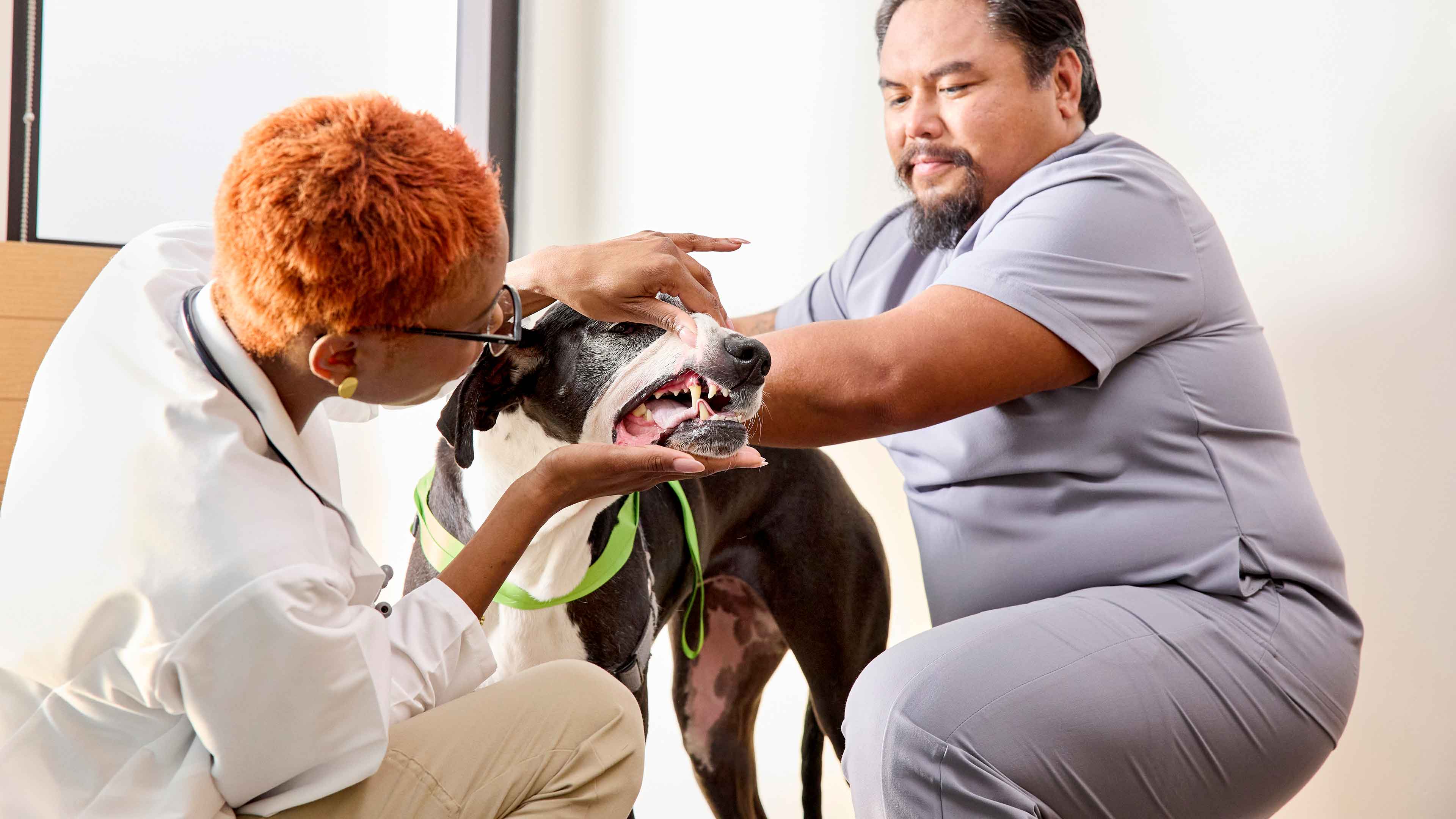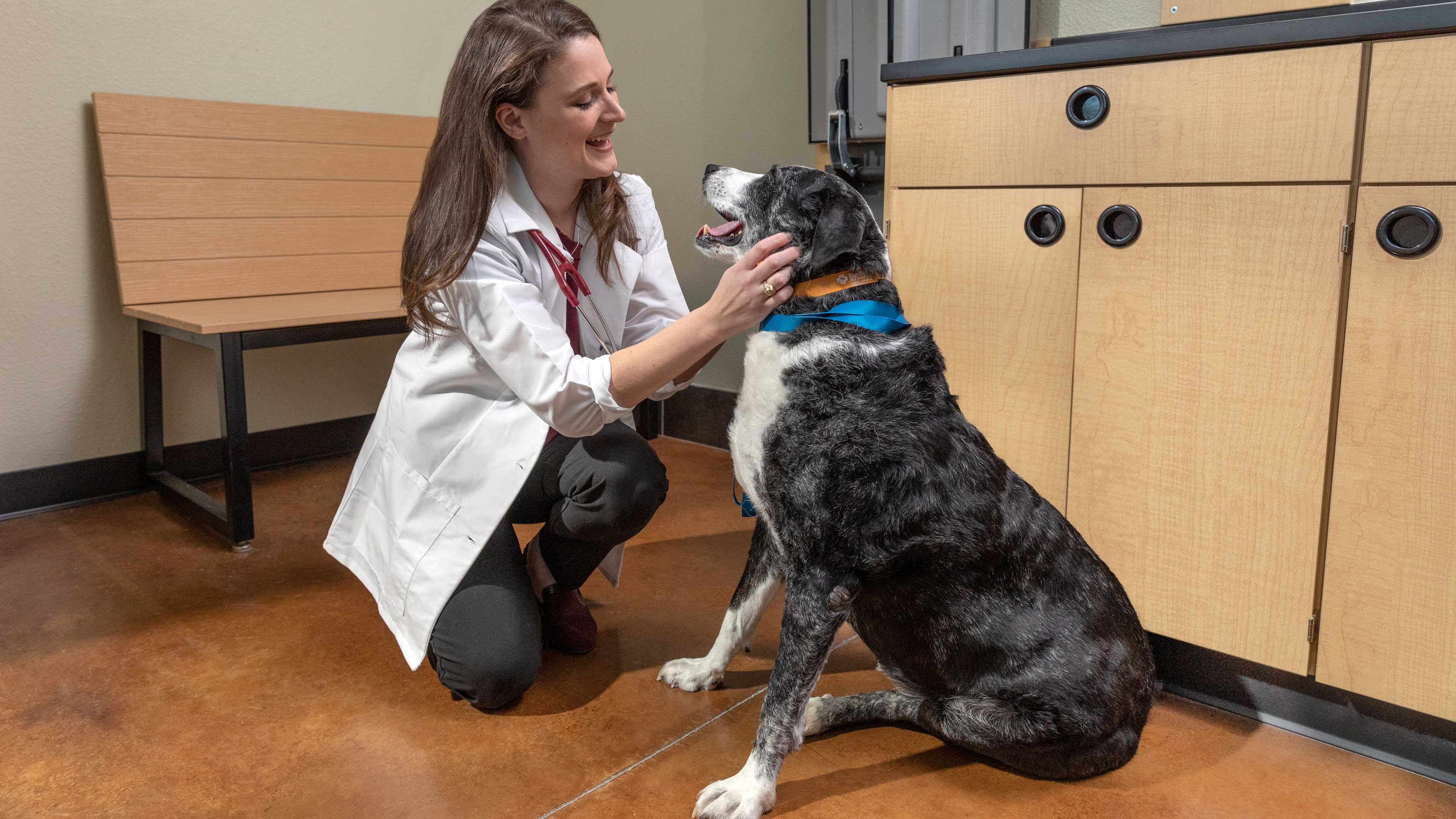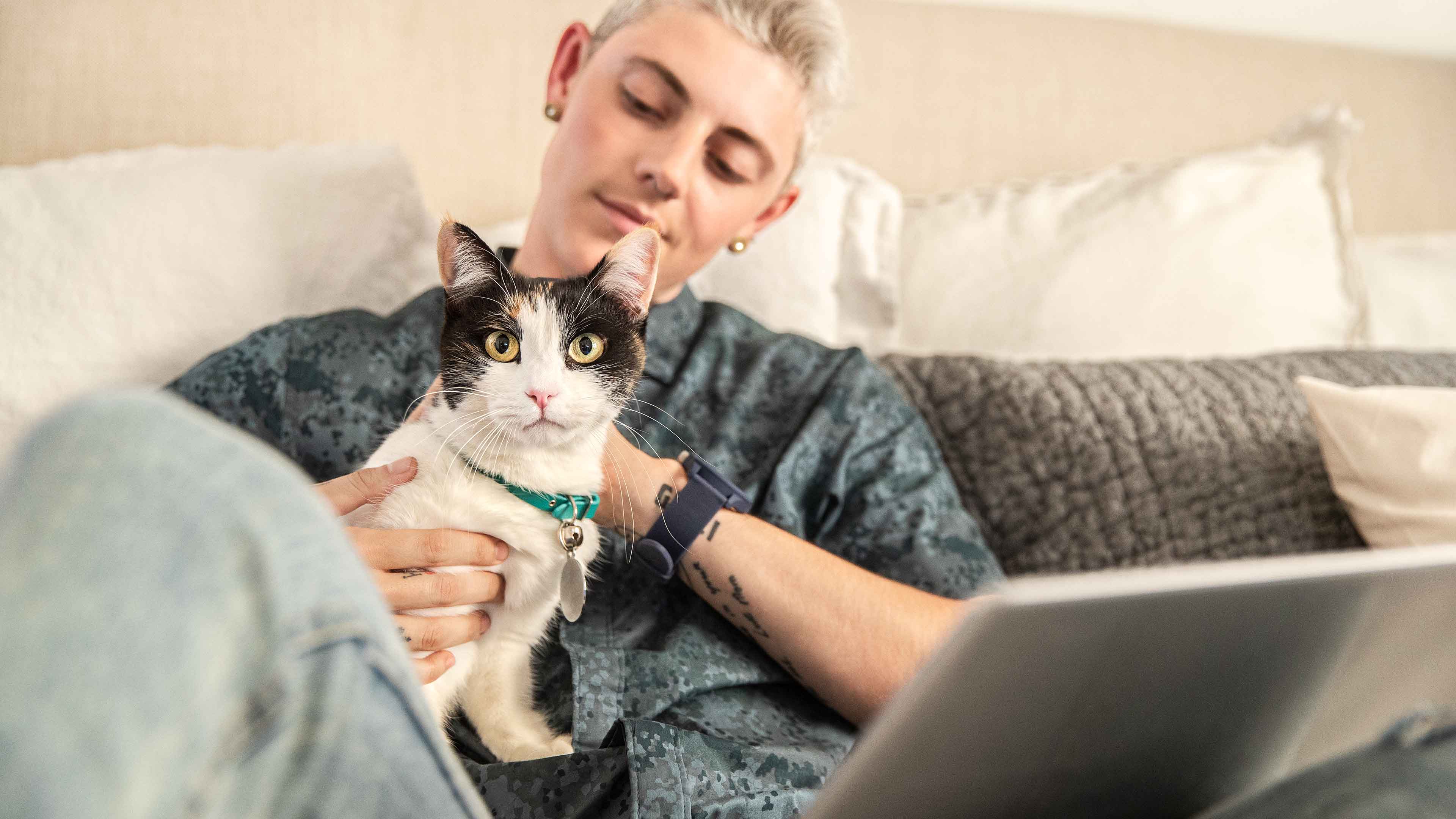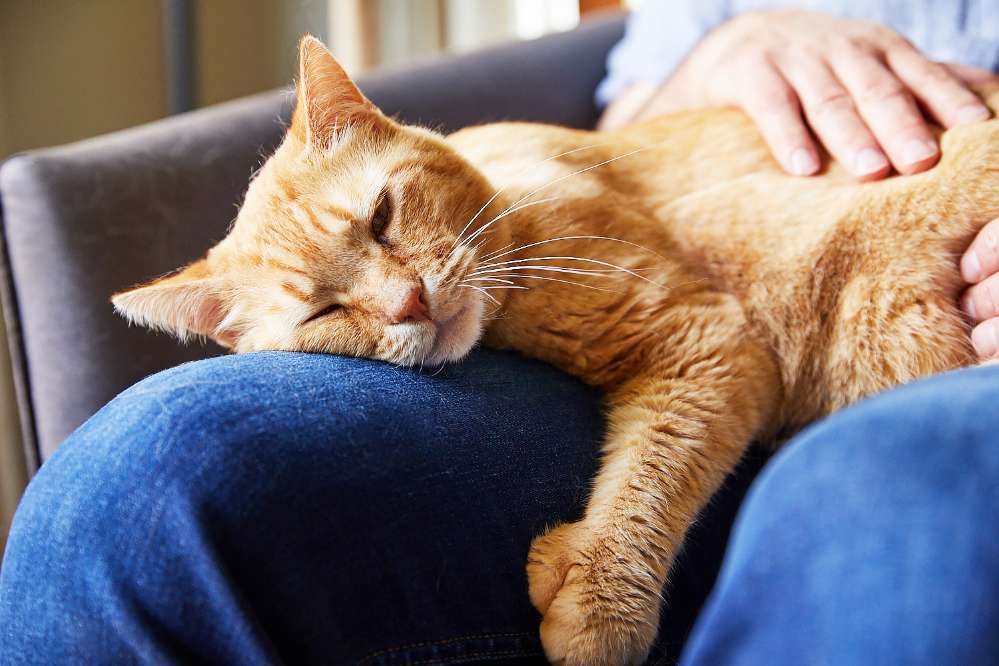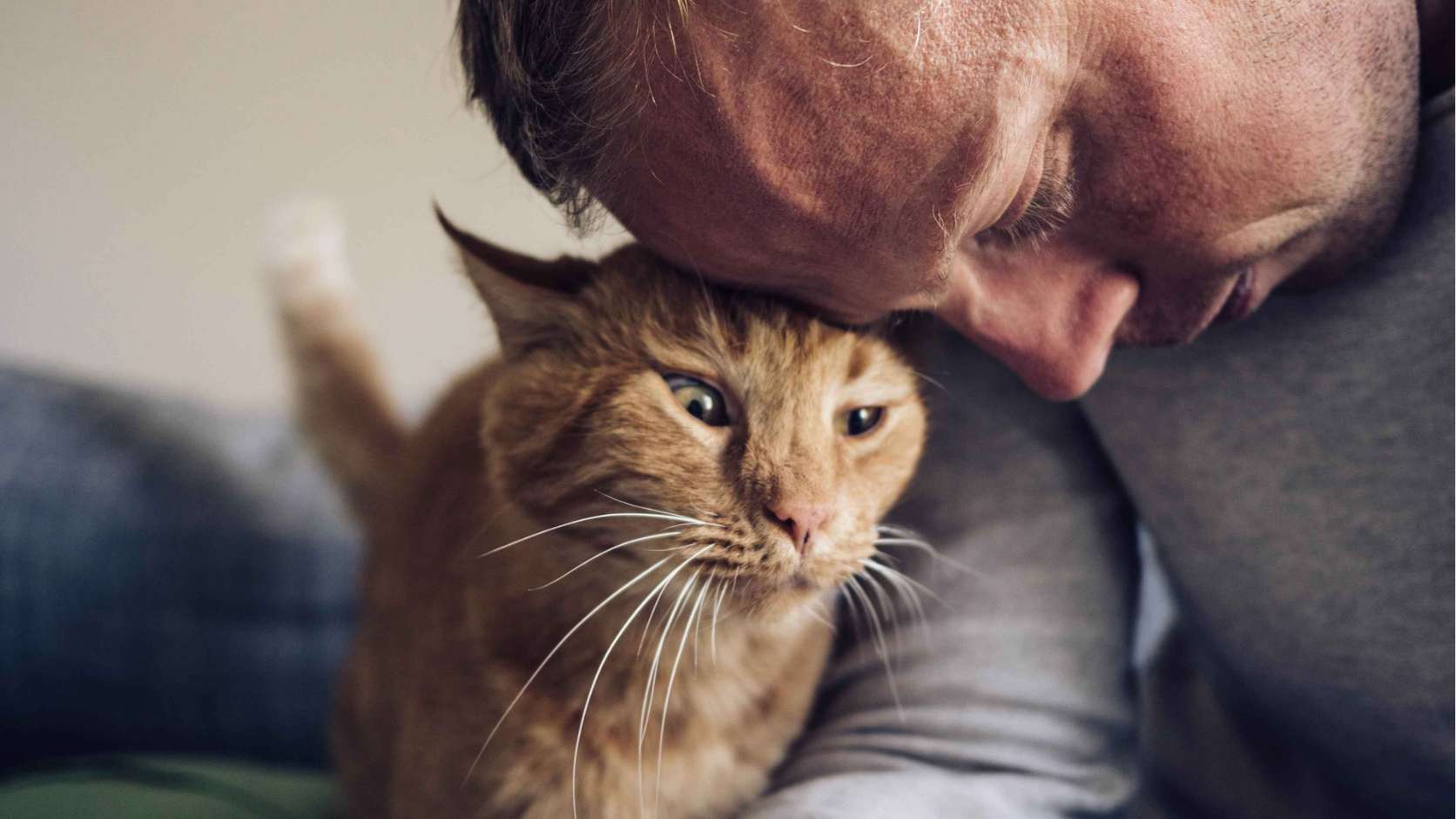ways to support your pet with mobility issues outside your home
When you have a pet with mobility issues, bringing them into a world that isn’t designed for them can be challenging. It’s easier to control your environment at home, but outside, it can be stressful and scary.
Your ability to compensate for your pet’s challenges will also vary with your and your pet's size. Generally, it’s easier for a bigger person to help a smaller pet, but it might be difficult for a smaller person to help a larger pet with mobility issues.
It’s not always possible to keep your pet at home. Sometimes you have to take them to appointments, or maybe you plan on traveling with them. And sometimes pets just enjoy mental and physical stimulation outside the home.
Whether you’re going for a walk, running to the store, or going on vacation, we’ve got helpful tips below on how to bring your special and unique furry friend out into society.
Outdoor walks
If your pet cannot walk, it doesn’t mean they’re stuck at home forever. Several disability-friendly options for taking your pet for a walk include wagons, pet strollers, slings (for smaller pets), and pet wheelchairs.
All of these are available online, but before investing in one, please speak to your vet to see which option is best for your dog or cat. For example, if your pet has mobility issues but your vet feels they still need regular exercise, a pet stroller or wagon might not be a good option.
Car trips
Getting your pet with mobility issues to and from appointments or errands can be challenging, but fortunately, there are several tools available to assist. Ramps can be helpful for getting in and out of the car, or a harness that enables you to lift your pet might also be a good option.
If you plan to be away from home for a day or more, you’ll also want to pack a to-go bag for your pet. Important items include your pet’s medication, food, water, tags, vaccination paperwork, leash or harness, crate or carrier, and toys or blanket. If your pet has incontinence issues, make sure to bring a bag packed with their diapers, pee pads, and wipes. Here are more handy tips for road-tripping with your pet.
Hotels
If you plan on staying at a hotel with your pet with mobility issues, it’s important to confirm that the hotel is pet friendly. Some hotels allow pets for a fee, while others allow them to stay for free (sadly, many hotels do not allow cats — please call ahead first).
Pet-friendly hotels typically don’t have the resources for pets with mobility issues, so if you use stairs or a ramp to get your pet in and out of bed, you’ll want to bring that along. (Consejo: There are foldable pet stairs and ramps available on the market.)
Learn more about pet-friendly hotels.
Natación
Swimming is a low-impact exercise that could offer some benefits to pets with chronic conditions or who recently had an injury or surgery, and there are tools available for you to assist pets with mobility issues like a swimming harness.
However, if your dog isn’t already used to swimming, we recommend chatting with your veterinarian before having them start. A pet with mobility issues that’s not used to swimming might find themselves in a precarious situation, which is best avoided when you're far from home — and far from your veterinarian.
 Ácaros y sarna
Ácaros y sarna Pódcast: Not Just Fluff
Pódcast: Not Just Fluff
